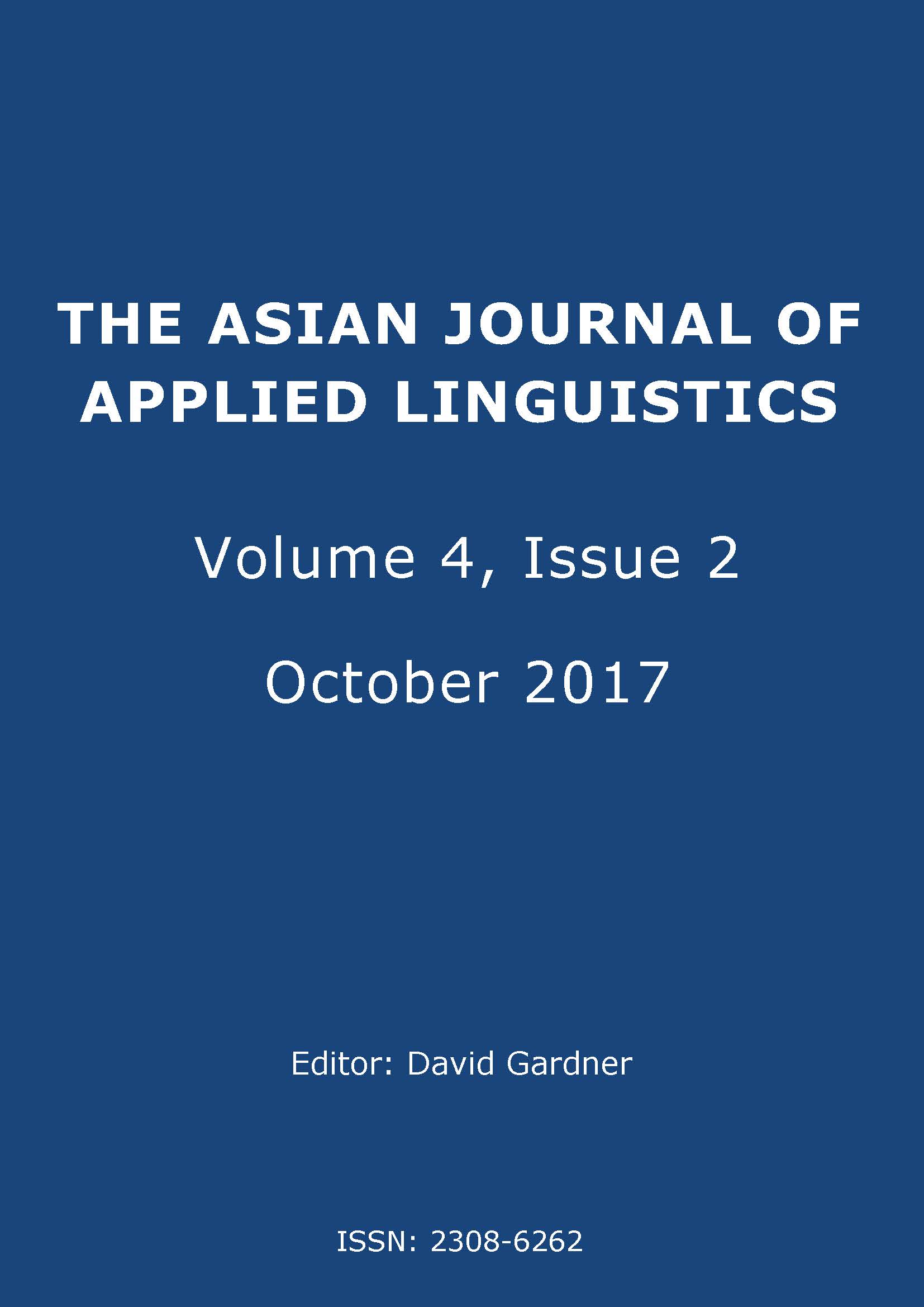Abstract
This article represents a further exploration of the viability of the model of Linear Unit Discourse Analysis (LUDA) proposed by Smart (2016) through the analysis of the spoken discourse of candidates in the peer group interaction component of the Hong Kong Diploma of Secondary Education (HKDSE) speaking public examination. LUDA is a linear description of analysis following the tradition of John Sinclair and his associates (e.g., Brazil, 1995; Sinclair, 1992, 1993/2004; Sinclair & Mauranen, 2006), which purports to describe the linguistic phenomena that signal the links between the sequence of incoming language as the listener experiences it. In this article, the HKDSE candidates’ discourse is compared with the discourse of a university seminar discussion from the MICASE corpus using LUDA. It is found that HKDSE candidates’ discourse tends to display little in terms of organizational-interactional linear units prevalent in the MICASE data. Neither does the HKDSE candidates’ discourse contain much in the way of suspensive linear units between turns, indicating that there are relatively fewer cases of contradictions, disagreements and the type of convergent interaction that one would expect in such discourse. Instead, HKDSE candidates’ turns tend to be lengthier and display more of the characteristics of written speeches.Authors who publish with this journal agree to the following terms:
- Authors retain copyright and grant the journal right of first publication.
- Authors are able to enter into separate, additional contractual arrangements for the non-exclusive distribution of the journal's published version of the work (e.g., post it to an institutional repository or publish it in a book), with an acknowledgement of its initial publication in this journal.
Note: Authors are encouraged to post copies of their AJAL published papers to their own institutional or personal/professional websites along with a link to the original paper at the AJAL website. This will assist in diseminating their work as well as raising awareness of the journal.
